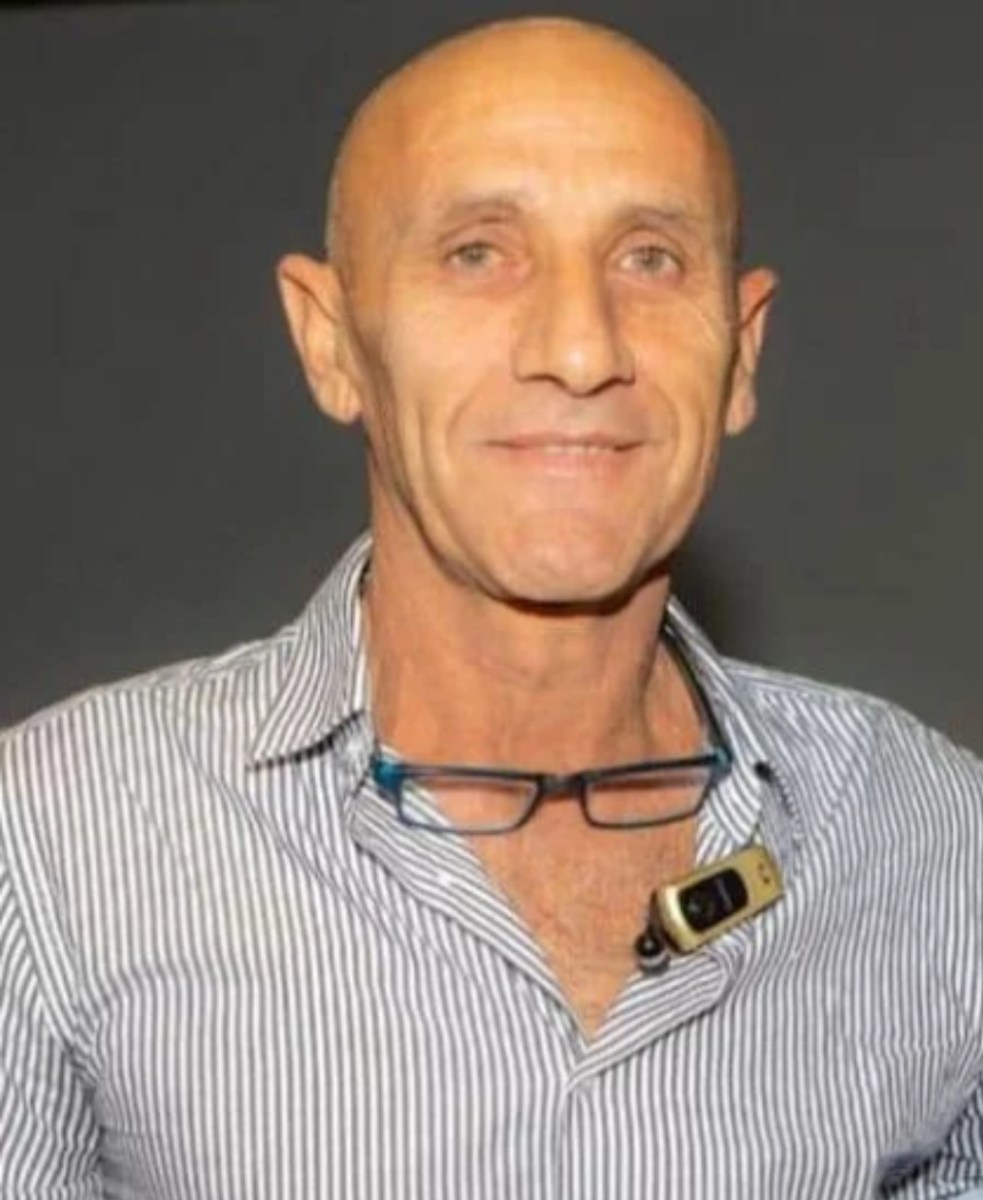Good Works Rewarded, Future East End Plans Funded

Federal grants, charitable donations, environmental economics and other monetary moves recently made waves on the East End.
Riverside Revitalization
The planned revitalization of the hamlet of Riverside in Southampton Town got a boost last week when the Suffolk County Legislature budgeted millions of dollars toward the effort over the next three years. Under the 2015–2017 capital budget, which Suffolk County Executive Steve Bellone signed last Friday, $4 million is allocated for the reconstruction of the Riverside traffic circle in 2016, making it oval-shaped and two lanes, with sidewalks and crosswalks. The project is intended to improve traffic flow and storm-water drainage. An additional $2 million is designated for sewers in future years.
$2,500 Each for 20
The Long Island Community Foundation and the board of All For the East End (AFTEE) announced the first grantees of its Building Stronger Neighborhoods Program, supporting organizations serving the East End, awarding a total of $50,000. “We received an overwhelming number of proposals from over 80 community organizations, and it really validates the extent of the needs out on the Island’s East End,” said David Okorn, Long Island Community Foundation’s executive director. “We are very excited about this collection of organizations and feel it addresses those diverse and important sets of needs within these communities.”
With input from the AFTEE Advisory Committee, which included representation from each of the five East End towns, 20 proposals were approved to support projects and programs in the fields of health and welfare, the environment, arts and culture, education, youth development, and animal welfare. The committee members include Vince Taldone, Debra Halpert, Laura Anker, Greg Blass, Ken Pysher and Diane Radigan. “The Long Island Community Foundation provides such needed help of private monies for a variety of nonprofits who are there for the public interest where government is unable to assist,” said Greg Blass, AFTEE Advisory Committee member and former commissioner of the Suffolk County Department of Social Services.
Overdue $1.2 Million for Ferry
The Cross Sound Ferry will soon be getting an upgrade, which officials say is a long time coming. The ferry service has been awarded a $1.2 million grant, according to Congressman Tim Bishop’s office. The funds, provided by the Federal Transit Administration’s Passenger Ferry Grant Program, will be used to update and make repairs to the terminal in Orient.
The main recipient of the ferry’s repair efforts will be 270 feet of bulkhead: retaining walls that prevent continuously crashing waves from eroding away the peninsula of land the ferry uses as a terminal. Plans are also being made to replace the ferry’s vehicle ramps and install new berthing dolphins, the wooden structures that provide boats with a place to moor.
The Cross Sound Ferry, which provides transportation between Orient Point and New London, CT, is used by more than 1.1 million people each year. Although the Cross Sound Ferry has only been in operation for about 40 years, ferry service between Long Island and Connecticut has existed since the mid-1880s, and the bulkhead at the terminal is estimated to have been in place since at least the 1940s.
$10K for the Bay
Peconic Baykeeper, the advocacy nonprofit dedicated to the protection of the aquatic ecosystems of the South Shore estuaries of Long Island, has awarded $10,000 to Stony Brook University’s Shinnecock Bay Restoration Program. The money will sponsor a shellfish spawner sanctuary in a dedicated location in the bay. Representatives from Peconic Baykeeper will assist marine scientists from the school in the deployment of clams in Shinnecock Bay.
Shellfish are filter feeders, meaning they are critical for balancing the overall health of estuarine environments, according to Peconic Baykeeper. Stony Brook marine biologists have researched the link between increased nitrogen levels in surface waters, the rise of harmful algal blooms and collapse of the shellfish populations. The Shinnecock Bay Restoration Program intends to take steps to rebuild this declined shellfish population, and with the help of Peconic Baykeeper, restore Shinnecock Bay.
Get more information at shinnecockbay.org.



